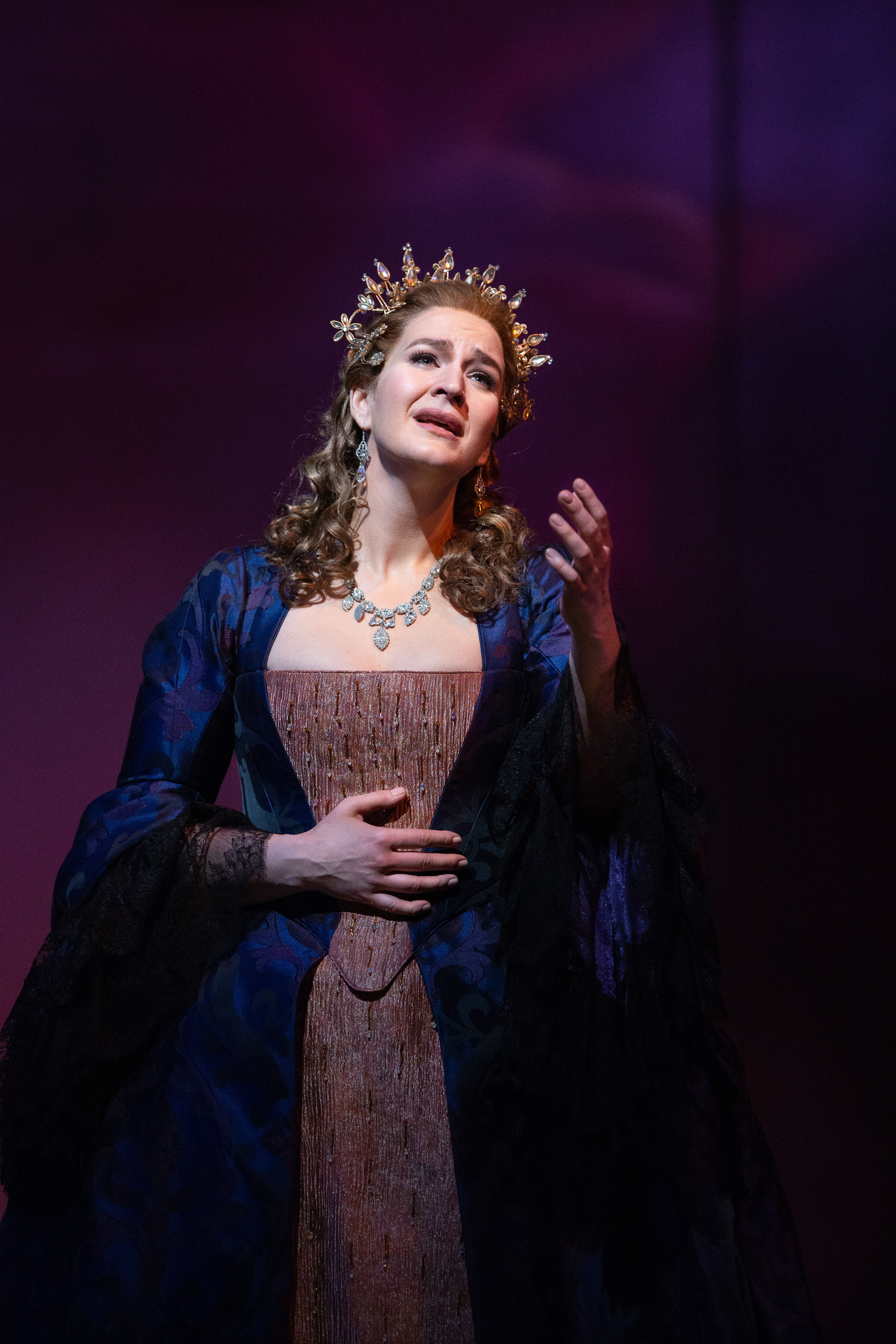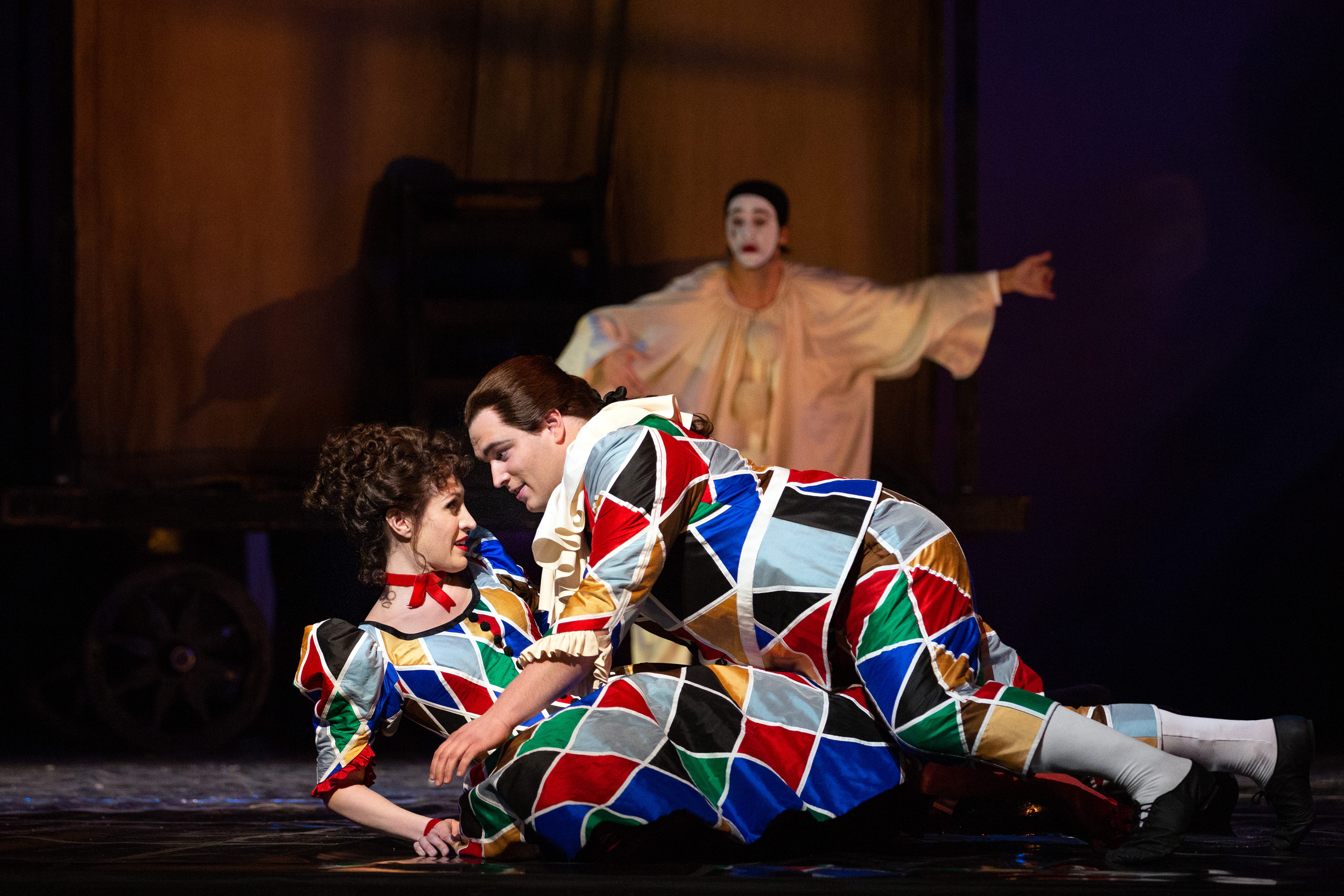
Ariadne auf Naxos
Can a haughty prima donna share the stage with a flirty comedienne? Can a serious composer expand his worldview and music’s role within it? Can a heartbroken lover relinquish her noble devotion and love someone new, and can everyday figures communicate with gods and goddesses? When musical entertainments from two vastly different worlds appear onstage simultaneously, anything can happen. And in the comic opera Ariadne auf Naxos, Richard Strauss takes the audience back in time— first to the world of 18th-century Vienna and then to the realm of ancient Greek mythology—to explore questions that remain essential to how we think about musical genres today.
Structured as an opera-within-an-opera, Strauss’s work shows how aesthetics and assumptions collide when the popular entertainment of comedy is forced onto the same stage as tragic drama. The score features musical juxtapositions between the dramatic richness of Romantic opera, florid melodies of bel canto singing, and light accompaniment and spoken dialogue of Classical opera, while the narrative juxtapositions of the libretto help communicate the enduring nature of the opera’s themes. The characters, in their real lives as performers of different musical traditions in the Prologue and as characters from opposing worlds in the Opera, bring the everyday into dialogue with moralistic storytelling. Zerbinetta’s simple cure for heartbreak meets its match in Ariadne’s stoicism, while the clumsy advances of the burlesque troupe stand in stark contrast to Bacchus’s transformational love for Ariadne. Yet the choice to embrace the past offers far more than just comic possibility. By couching his aesthetic experiment in earlier time periods, Strauss asks us to ponder important—and longstanding—questions about music. At the end of the opera, we are left with a nagging question: Are the fates of these different characters (and the genres they represent) so different after all?
This guide takes the enduring tension between “elite” and “popular” art forms as its jumping-off point, inviting teachers and students into a world of myth, backstage hijinks, vocal pyrotechnics, and theatrical history. As this guide delves into music, drama, and design of Ariadne auf Naxos, students will learn to appreciate the outrageous comedy and insightful social critique of Strauss’s work while broadening their thinking about performance and music at large.
Included in the 2023-24 season of HD Live in Schools.

